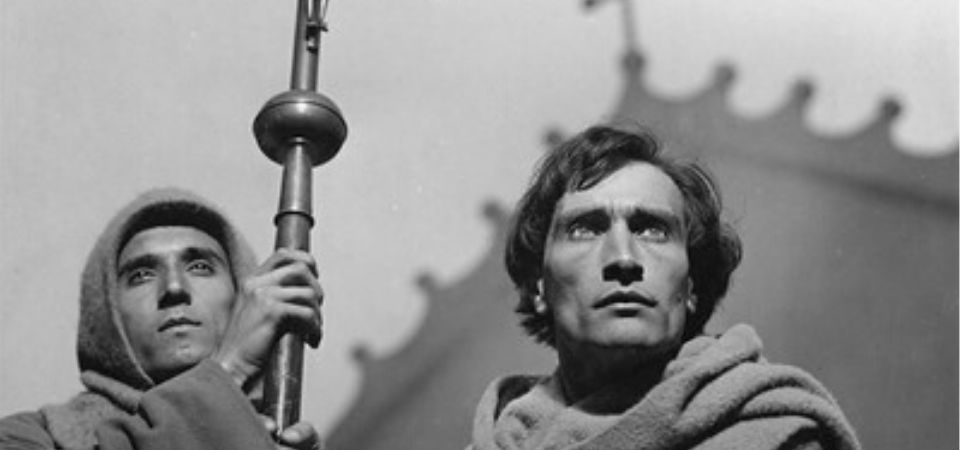- April 9, 2020
- Parisian theatre
- Aysha Ferullo
Antonin Artaud is known as one of France’s most influential dramatists, with his theatre practices being taught high and low. While Artaud is still a key figure in the world of theatre today, how much do we really know about his life? We’ll take you through some of the artist's most significant milestones.
Personal life:
Born in Marseille, Artaud spent much of his childhood reading, notably the works of Baudelaire, Poe and Rimbaud. This is what is likely to have inspired his bold move to Paris at the age of 25, transgressing the intentions of his father, in order to become a writer himself. A few years after this courageous step, Artaud published his first work, which wasn’t written for the theatre at all – it was an epistolary piece, comprised of an exchange of letters he’d had with Jacques Rivière, entitled Correspondance avec Jacques Rivière.

Artaud and film:
Artaud had a deep interest in the cinema, from writing scenarios and even acting himself. His most notable performances were Jean-Paul Maratin in Abel Gance’s Napoleon (1927) and Jean Massieu in Carl Theodor Dreyer’s The Passion of Joan of Arc (1928). While his passion for film was great, his career of writing for film was limited to one motion picture – The Seashell and the Clergyman (1928), directed by Germaine Dulac, a piece that many critics and scholars describe as being the first surrealist film. This highly influential piece is studied in universities and film schools worldwide and can even be streamed on YouTube!
Artaud and the theatre:
Artaud is arguably best known for his pioneering of the Theatre of Cruelty, a theatre practice that went on to influence artists such as Peter Brook and Jean Genet. Heavily influenced by Eastern, particularly Balinese theatre, Artaud encouraged physical over verbal performance through this practice, as he believed that language was not a sufficient means of expressing pain and trauma. Theatre of cruelty is commonly used as an explorative device and aims to batter the senses of the audience. The Theatre and its Double (1938) was Artaud’s first published work on the Theatre of Cruelty. According to Artaud himself, the idea behind said ‘cruelty’ was to shatter the false reality of the audience, as opposed to harming them physically or emotionally. In keeping with his favouring of physical over verbal communication, many of his theatre works are known to abolish stage, costume and set, utilising bright lights so as to stun and immerse the audience in a particular spectacle. Typically, the audience would be seating in the centre of the room, with actors performing around them. These practices continue to be applied as a means of exploration in theatre today!





